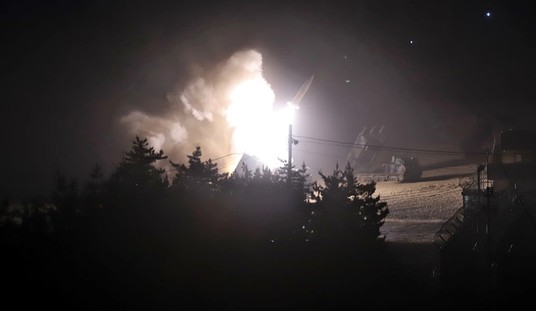The New York Times really hates natural gas. Just in the last year, the Times has run scaremongering articles on the dangers of hydrofracking and Gasland-inspired tales of groundwater contamination in the “shale plays”, the unconventional sources of natural gas that have redefined domestic gas supply withing the last decade. On Sunday, the paper drifted into unfamiliar and inhospitable territory: petroleum economics.
The Times published a pile of Assange-style emails from unnamed “industry insiders”, most expressing skepticism about the economic viability of natural gas from shale.
Natural gas companies have been placing enormous bets on the wells they are drilling, saying they will deliver big profits and provide a vast new source of energy for the United States.
But the gas may not be as easy and cheap to extract from shale formations deep underground as the companies are saying, according to hundreds of industry e-mails and internal documents and an analysis of data from thousands of wells.
The articles features quotes which characterize the shale plays as “inherently unprofitable” and “giant Ponzi schemes”. (My personal favorite email, however, belongs in the “scare quote” Hall of Fame — see p.5.)
This, from The New York Times Company (NYT), which has managed to turn each $1,000 of investor value into $160 over the last 10 years. Ahhh, sweet irony.
One can imagine that the effort to pooh-pooh gas is intended to boost “green” alternatives like ethanol and wind energy. But both rely on gas (for processing and fertilizing corn ethanol, and as a conventional backup for unreliable wind) and on constant infusions of tax credits. Those, my friends, are “inherently unprofitable” technologies.
Now, having said that, it may come as a surprise to you that I am something of a shale gas skeptic. I am not the least surprised by some of the opinions expressed in the Times’ emails, and I have probably said some of the same things myself in private correspondence. From my Redstate diary dated 5/18/11:
Left to its own devices, the oil industry is its own worst enemy. Relatively low barriers to entry have made the industry freely competitive. The reward goes to the quickest and the most efficient companies…
The best current example of this free market dynamic in action is in the active shale gas plays across the country. Success of new technologies has led to a glut of natural gas on the market; for the consumer, this means plentiful supplies of [natural] gas, and stable [wellhead] prices in the range of $4.00 to $4.50 per million BTU, about a quarter of the current cost of an oil BTU. Many observers consider the current market prices of gas lower than the average cost of finding and developing that gas, suggesting a long-term unsustainable business model for the “average” company. Ultimately, the survivors will be the companies who can be significantly better than the average, through better efficiency, better technology or better business savvy.
The consumer gets gas at the lowest possible price because capital, presuming higher future prices, oversupplied the market. Supply goes up, prices come down. Econ 101. [Emphasis in original.]
Evidence for that assertion is provided by the following graph, which depicts eleven years of oil and gas price history. Oil and gas traded roughly in proportion with their respective energy content in 2004 (1 barrel ~ 6 million (MM) btu). For a brief time in 2006, gas was even more expensive than oil on an energy basis. With the advent of shale gas, the curves began to diverge, to the point that a historically wide gap has developed between the two fuels. One MMbtu of gas fetches $4.00 and change at the wellhead, roughly the equivalent of a $25 barrel of oil.

My company is not a shale gas player. Part of the reason is that it is known to be a high cost play. Reserves are uncertain, and an economic return is highly dependent of future gas prices.
Paradoxically, the large volumes of gas being produced in the shale plays is depressing gas prices, which in turn depresses financial returns.
The market will regulate prices and financial returns. If and when natural gas prices rise, the owners of reserves in the ground will profit handsomely; there’s lots of gas down there. The only way to share in that prospective upside is to be a participant.
Just last year, ExxonMobil spent $42 billion to buy a large independent gas producer, primarily for their shale gas expertise and acreage. Many analysts are skeptical of the wisdom of the purchase, but a lot of money has been lost over the years betting against Exxon. They didn’t get to be the world’s largest commercial enterprise by being a bunch of dummies.
Thomas Edison favored DC over AC for electrical power. Albert Einstein refused to embrace quantum mechanics. Plenty of smart people thought the internet was a fad.
New technologies come along all the time. Early adopters take substantial risk of failure, and many lose their money. They have loads of detractors along the way. The detractors may be right. But if the technology works, the reward goes to the participants who are luckier, smarter or better managers than the rest. And that’s as it should be.
By the way — 25% of the nation’s natural gas supply comes from shales, up from just a couple of percent ten years ago. Some fad.
Cross-posted at stevemaley.com.














Join the conversation as a VIP Member